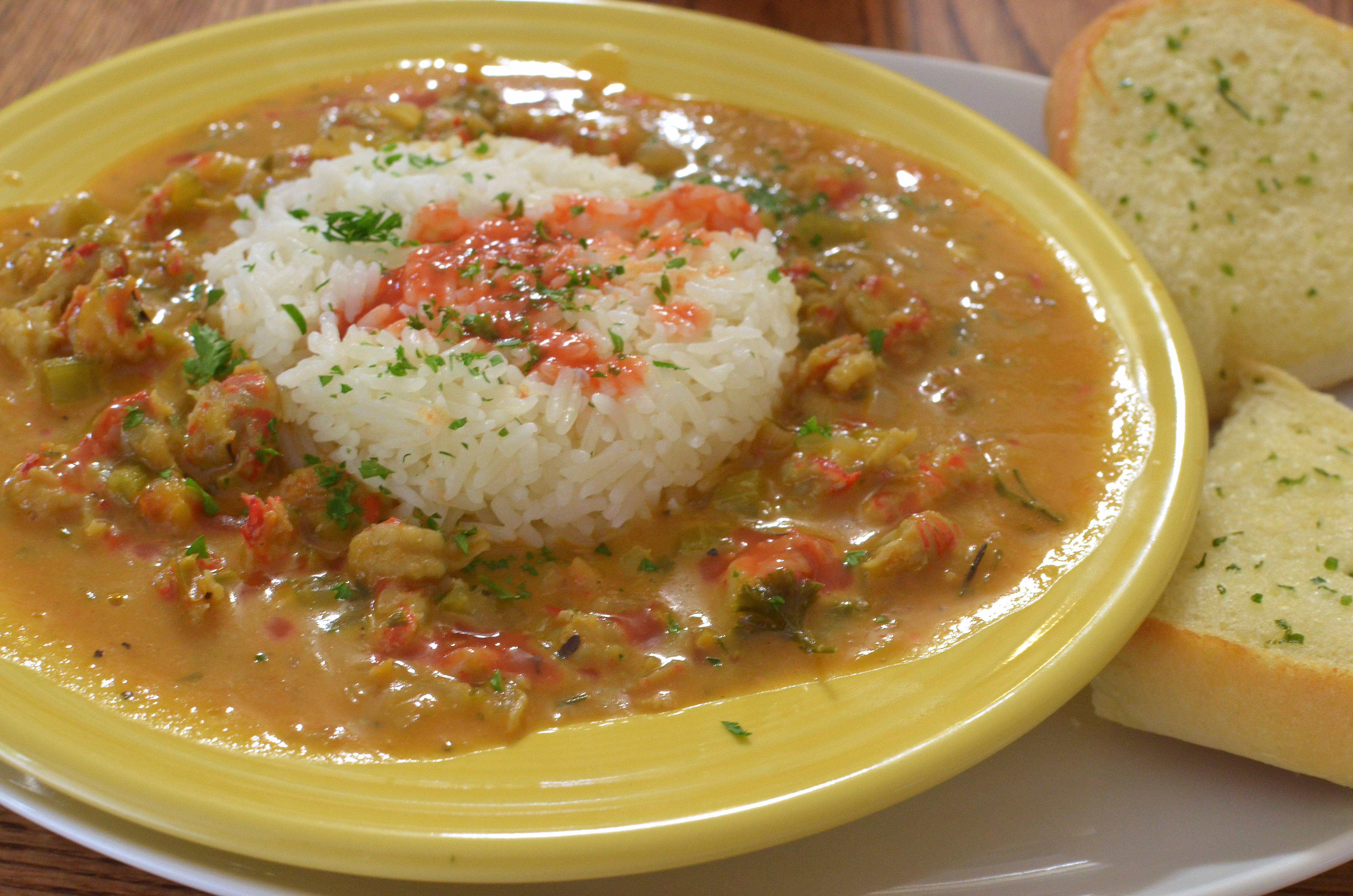Launched in July 2020, NASA's Perseverance Rover landed on Mars on February 18. The rover, designed to search for signs of past microbial life on Mars or water, carries a host of instruments and cameras. It even has a small helicopter designed to test out the potential for flight in Mars' thin atmosphere. Remarkably though, Perseverance's camera's captured this fantastic video of the rover landing on the Red Planet. Even in the midst of the pandemic, humanity can still do remarkable things.
Tuesday, March 30, 2021
Tuesday, March 23, 2021
Star Trek Series Rankings Updated
A few years ago, with the premiere of Star Trek Discovery, we did a ranking of all of the Star Trek television shows. A few new series later, we thought it was time to revisit those rankings.
Star Trek: Deep Space Nine—Being set on a space station meant that the show’s writers had to develop plot from character interactions rather than weekly visits to new planets. As a result, DS9 featured the best sustained character work from a Star Trek series. Sisko, Kira, Dax, Odo, Quark, Jake, O’Brien and Bashir all underwent significant character growth throughout the show’s seven seasons. Kira transformed from unrepentant terrorist to loyal soldier and leader. Bashir went from rookie doctor to war-weary veteran. Poor Chief O’Brien had to suffer some life-altering tragedy at least once a season. DS9 also developed a strong stable of villains or recurring characters like Garak, the exiled Cardassian spy, Gul Dukat, Kai Winn, the Jem’Hadar, Weyoun, and the Dominion.
Tuesday, March 16, 2021
Jacques Pepin
Jacques Pepin is one of the most famous chefs in America--at least among chefs. Born in Bourg-en-Bresse, France in 1935, Pepin worked in his parent's restaurant growing up. At the age of 13, he started an apprenticeship in a local restaurant. By 16, he was training in Paris. From 1956-1958, as a member of the French military, he became personal chef to several heads of state including Charles de Gaulle.
In 1959, he immigrated to New York to work in the kitchen of the internationally renowned restaurant, Le Pavillion. In 1961, he declined an offer to become the White House chef under John F. Kennedy. He enrolled in Columbia University, eventually earning a bachelors and masters degree. The university, however, rejected his PhD thesis on French food in literature because the university viewed it as unserious for academic pursuits. Pepin eventually left Le Pavillion and took a job working at Howard Johnsons where he designed the restaurant's menu. In 1974, Pepin suffered a near fatal car accident and was forced to retire from professional kitchens.
In the mid-1970s, Pepin reinvented himself as a culinary educator. His textbook, La Technique, appeared in 1976 followed by La Methode in 1979. Pepin did not fill the books with recipes, but rather lavish photographs of the techniques required to become a skilled cook. Numerous famous chefs in America today credit La Technique with sparking their interest in cooking in the first place. In 1982, Pepin joined the faculty of the French Culinary Institute, a new cooking school in New York City. That same year, he filmed a television pilot for PBS called Everyday Cooking with Jacques Pepin.
Pepin eventually filmed several more series for PBS, including one with his dear friend and famous culinary personality, Julia Child. Together they filmed Jacques and Julia Cooking at Home in 1999. They participated in numerous fundraisers for PBS. Pepin and Child also helped create the gastronomy program at Boston University.
Today, Pepin, even at the age of 85 and in the midst of the pandemic, continues to film cooking videos for a series titled, Jacques Pepin Cooking at Home. The recipes are simple and delicious and a comforting reminder of the wonders that can come from a simple home kitchen.
Tuesday, March 9, 2021
Bonsai, Philosophy, and More!
A few months ago, the nursery manager at Underhill Bonsai, Evan Pardue, had the chance to interview Mike Lane, a noted bonsai artist. Their wide ranging conversation includes bonsai, philosophy, and fun places to visit. Enjoy!
Tuesday, March 2, 2021
Crawfish Boil Coins
While we're all disappointed not to be gathering for the Crawfish Boil this coming weekend, we thought it would be nice to share some of the awesome coins that our own Benson Green has created over the past few years.
In 2018, Benson came up with this beauty.
Tuesday, February 23, 2021
Crawfish Boil Recap Videos
Tuesday, February 16, 2021
Louisiana Culinary Dictionary 2021 Edition
 |
| The interior of Boudin. |
 |
| Crawfish Etouffee |
 |
| A traditional gumbo |
 |
| The muffuletta |
 |
| Pralines cooling |




